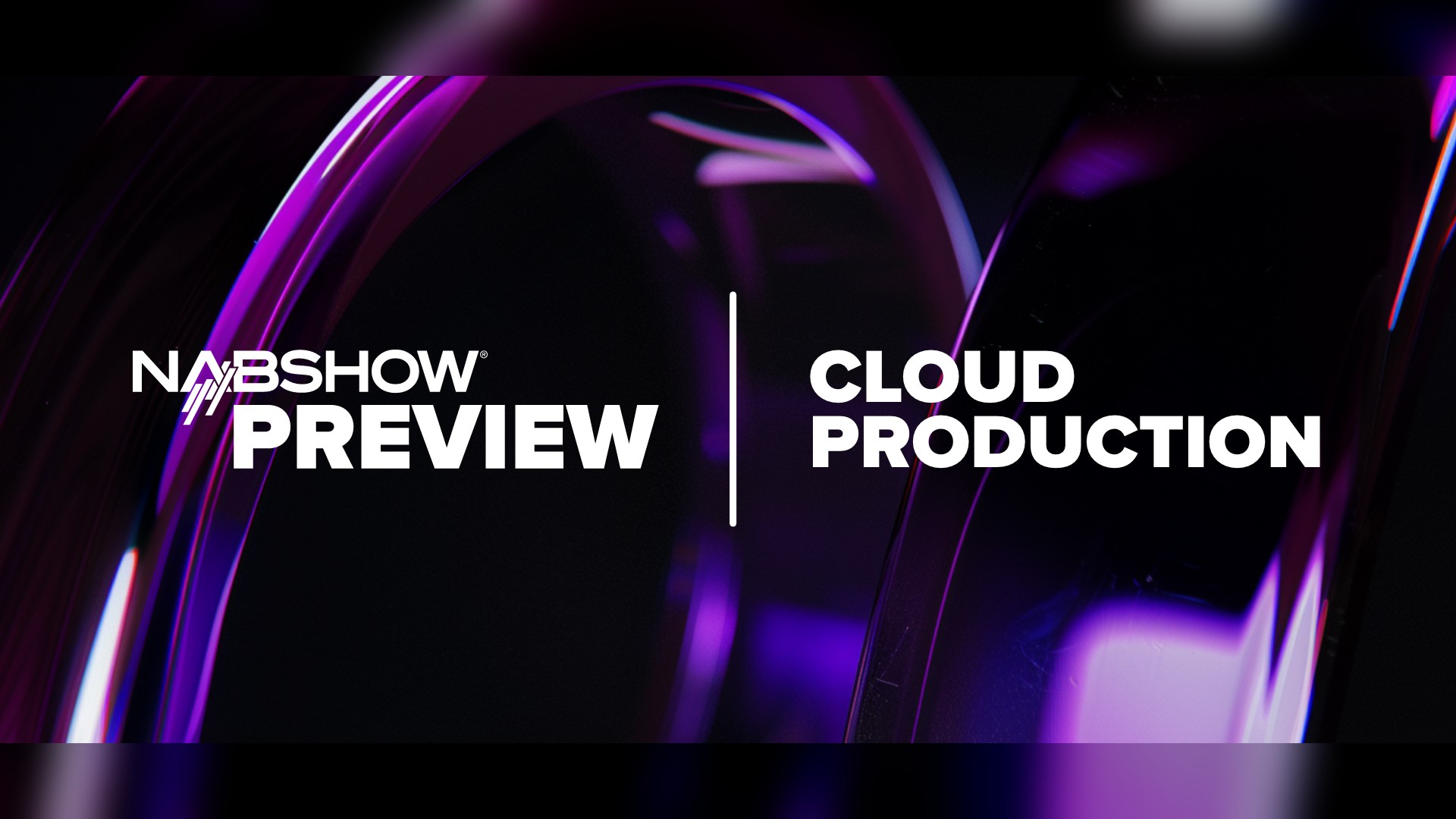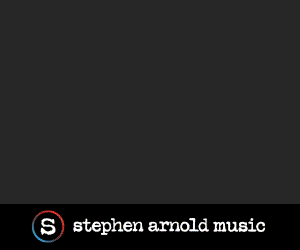NAB Show Preview: Cloud grows with embrace of hybrid models and software-defined architecture

Subscribe to NCS for the latest news, project case studies and product announcements in broadcast technology, creative design and engineering delivered to your inbox.
Cloud production is taking center stage as broadcasters increasingly shift computing resources from traditional on-premises hardware to virtualized environments. This infrastructure change modifies how content is processed, managed and delivered throughout the media supply chain.
At the 2025 NAB Show, a variety of cloud solutions will be showcased as the cloud enables new levels of efficiency and automation for broadcasters.
The maturing cloud landscape
The conversation around cloud technology in broadcasting has evolved dramatically over the past decade. Speculative discussions about future possibilities have transformed into debates about implementation strategies and optimization.
“These conversations are shifting from ‘what’s possible?’ to ‘how can we implement this effectively?'” said Greg Macchia, product marketing manager for live production at Riedel Communications. “Meanwhile, we are seeing more of our solutions being actively used in real live productions in the public cloud.”
According to NewscastStudio’s 2025 sentiment survey, 60% of respondents are implementing cloud production tools, though implementation challenges remain. This adoption reflects both the technology’s maturation and the marketplace’s changing demands.
“The M&E space has transformed over the past 10 years or so, with cloud-based workflows being the norm in most areas of the industry,” said Martins Magone, CTO of Veset. “Not only is this change happening fast, but hardware is also quickly becoming the oddity.”
Magone cites industry statistics supporting this shift: “76% of enterprises using at least two cloud providers in 2025 and many professionals suggesting that companies will need to adopt cloud-based solutions in 2025 for better flexibility and scalability without compromising on efficiency.”
Balancing cloud and on-premises resources
Despite early predictions that all broadcast operations would eventually migrate fully to the cloud, a more nuanced approach is now the path forward.
The industry has largely embraced a hybrid cloud model that strategically leverages cloud and on-premises infrastructure to optimize performance and cost-effectiveness.
“For 24/7/365 operations, maintaining an on-prem infrastructure is often more cost-effective than running continuous cloud-based workflows,” said Steve Reynolds, chief executive officer of Imagine Communications. “The industry’s focus has now shifted to a hybrid approach, leveraging the cloud where it makes sense — live events and geographically distributed redundancy to name a few — while maintaining on-prem infrastructure for cost efficiency.”
This hybrid approach represents a practical evolution from the all-or-nothing cloud strategies that characterized early discussions. Companies have realized that different types of productions and operational models require different infrastructural approaches.
“The next step is moving toward a model where production and playout can transition seamlessly between cloud and on-prem infrastructure, and that’s a real game-changer,” Reynolds added.
“Service providers and broadcasters today are looking for more efficient ways to deliver video, reduce infrastructure costs and maximize monetization opportunities. The industry is moving fast, and embracing new technologies is key to staying ahead. At Harmonic, we welcome this shift to hybrid workflows,” sad Eric Gallier, vice president of video solutions at Harmonic.
Software-defined architecture
The shift to cloud infrastructure goes hand-in-hand with the move toward software-defined systems that can run on standardized computing platforms rather than purpose-built hardware.
“At NAB 2025, we’ll see more software-defined architecture that enables a cost-effective migration from SDI to media-over-IP,” said Satoshi Kanemura, president of FOR-A America. “Adding new functionality through software means the customer can configure the system to their needs, without additional hardware investment. It also means that hybrid production, using a variety of signal formats, can be accomplished easily.”
This shift democratizes access to advanced production capabilities, making sophisticated tools available to a wider range of content creators.
“Running extremely capable live production environments on commodity PCs is now becoming mainstream, and it is possible to build a gallery that looks and feels like a traditional production environment with only a single PC and GPU under the desk,” said Andy Hooper, senior vice president of live products at Ateliere Creative Technologies. “I can’t wait to see people’s reactions when they realize what is driving the production environment.”
One of the primary advantages of cloud-based production is the ability to scale resources dynamically according to demand, something that’s particularly valuable for organizations with variable workloads.
“What excites me about this year’s NAB Show is the recognition that organizations must think differently to achieve more efficient, scalable workflows,” said Macchia. “It’s not just about planning for peak demand, but optimizing the tools available to manage those demands in a more cost-effective and efficient way.”
This elasticity enables broadcasters to respond more effectively to sudden increases in demand.
“This scalability is particularly valuable during peak periods of high demand, such as major sports tournaments or breaking news coverage, where the ability to quickly scale up resources can make a significant difference,” said Kris Alexander, vice president of product and industry marketing at Zixi.
Integration and multi-vendor environments
For cloud production to succeed, robust integration between different systems becomes critical, particularly as broadcasters move away from end-to-end solutions from single vendors.
“Efficient workflows today must include the entire operation, so robust and open integrations are essential and something I will be looking out for at NAB this year,” said Aaron Kroger, product marketing lead at Dalet. “Seeing how we can continue to break down silos across all departments of an operation will create new workflows and drive the most efficiency possible.”
The industry is moving toward more open ecosystems where so-called “best-of-breed” components can be combined.
“The ultimate goal is enabling customers to work with multiple vendors, pulling in the best-of-breed products and tools to create the best possible solution for their specific needs,” said Macchia. “This flexibility is becoming even more critical, whether in private or public clouds, as the industry is increasingly focused on providing adaptable, scalable solutions to handle bursts of production without overcommitting resources.”
Managed cloud services
However, a new buzzword has emerged in the cloud – managed services – which furthers the OpEx model for vendors.
“While media companies love great technology, they understand that what they need to stay competitive is tech tightly integrated with managed services,” said Venugopal Iyengar, COO of digital at Planetcast. “A clear trend across all these areas is the move toward managed services. Technology on its own doesn’t solve the challenge of operational complexity.”
This approach lets media companies focus on content and audience rather than the underlying technical complexity.
“Many broadcasters are looking to service providers that offer not just software, but fully managed, end-to-end solutions,” Iyengar added. “This shift allows media companies to avoid getting caught up in technical and operational challenges, freeing them to better engage viewers, grow audiences, and maximize revenues.”
AI enhances cloud workflows
Of course, no discussion of the cloud would be complete without a bit of artificial intelligence, which can create new efficiencies and capabilities.
“AI continues to be a transformative force; AI-powered compression is helping to optimize workflows and enhance viewer experiences with automation, personalization, and predictive analytics,” said Chris Wilson, head of marketing at Mediakind. “Streaming is a high-stakes game now and providers need flexible, cost-effective and rock-solid solutions to stay ahead.”
“The rise of AI in cloud-based workflows has introduced a plethora of opportunities for effective time and cost savings, as well as for the monetisation and gamification of content. The domination of esports and live streaming reveals this nicely, offering highly dynamic and time sensitive content moments that are ideal for contextual advertising,” said Magone.
For many industry observers, the tipping point for widespread adoption of cloud-based production appears to be approaching.
“Still, much software/cloud and remote production is considered as a curiosity rather than the enabling technology platform for the future of businesses,” said Hooper. “This may reach a tipping point soon, and before long we’ll wonder why anyone is still bothering to do it the old fashioned way.”
The most forward-looking organizations are already exploring fully cloud-native content creation and delivery models.
“Content is now originating in the cloud and being consumed directly from the cloud, eliminating unnecessary infrastructure and increasing efficiency,” said Reynolds. “At NAB, I’ll be watching how broadcasters and vendors continue to refine and expand this cloud-native model.”
Subscribe to NCS for the latest news, project case studies and product announcements in broadcast technology, creative design and engineering delivered to your inbox.





tags
Aaron Kroger, AI, Andy Hooper, Artificial Intelligence, Ateliere, Ateliere Creative Technologies, Chris Wilson, Dalet, Eric Gallier, FOR-A, Greg Macchia, Harmonic, Imagine Communications, Kris Alexander, Mārtiņš Magone, MediaKind, NAB Show 2025, NAB Show News, Planetcast International, Riedel Communications, Satoshi Kanemura, Steve Reynolds, Venugopal Iyengar, Veset, Zixi
categories
AV Integration & Broadcast Systems Integration, Broadcast Automation, Broadcast Engineering, Heroes, IP Based Production, NAB Show